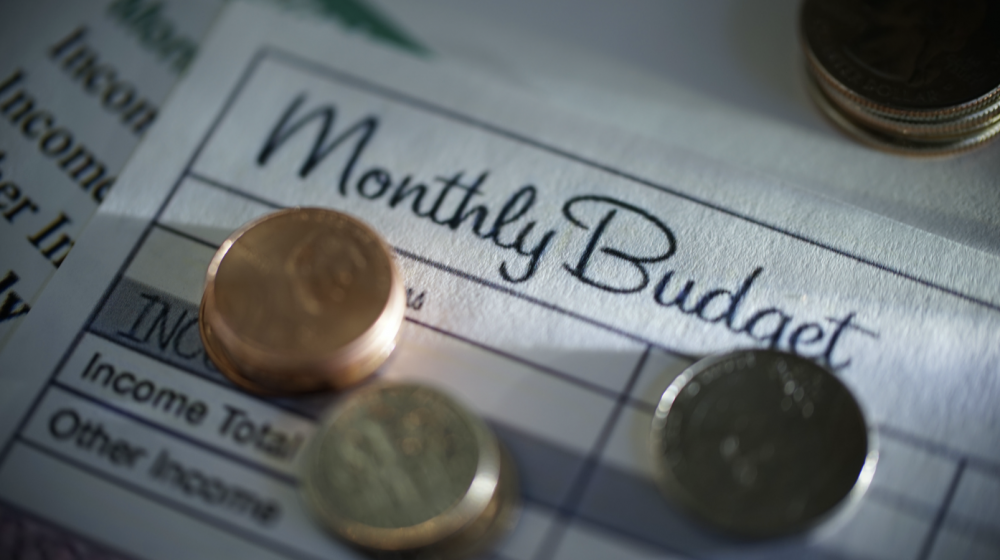How to Make a Budget

A comprehensive spending and saving plan can benefit you now and in the future.
If one of your New Year’s resolutions is to get your finances in order, start with creating a budget. A comprehensive plan for your spending and saving benefits you now and for years to come.
Think of your budget as a tool to help you plan how you spend your money and track how much you save. Before you sit down to make this plan, you should record your expenses for at least a week to see exactly how you are spending your money. A week will give you some insight; however, the longer you track your spending, the more accurate your budget will be. Try this cash flow budgeting tool from the Consumer Financial Protection Bureau to help you see your monthly income and spending at a glance. You may be surprised where your money goes once you’ve taken care of your essentials, like housing, utilities, and transportation.
Once you are prepared to make an official budget, follow these steps:
- Write down your monthly net income. This is the money available after taxes and other deductions are removed from your paycheck.
- Write down your monthly expenses. This includes fixed expenses and flexible expenses. Fixed expenses include items like housing, car payments, subscription streaming services, etc. Flexible expenses consist of items that fluctuate from month to month, like food, clothing, personal care, and most daily expenses.
- Write down your periodic expenses. These are items like property taxes, car tags, and car maintenance. If the money is hard to come up with when these bills roll around, determine how much these items cost you per year. Then, take the total cost of these items and divide it by 12. Put that amount into a savings account every month.
- Subtract your monthly expenses from your monthly net income. This number may indicate a need to adjust your spending and help determine how much.
All you need to make a spending and saving plan is a sheet of paper and a pencil. You can also use a budgeting template in a computer program, such as Excel.
Our specialized budgeting worksheet in MSU Extension Publication M1471, “Healthy, Wealthy, and Wise: Budgeting” is another option.
Ideally, you will have money left over at the end of the month. Once you’ve made a spending plan, the next step to financial fitness is to make a saving plan. Check out MSU Extension Publication M1472, “Healthy, Wealthy, and Wise: Saving,” to learn why saving is important and multiple ways to save.
For more information about basic money management, visit the MSU Extension website.
The Consumer Financial Protection Bureau’s “Your Money, Your Goals” toolkit includes several resources to help you make spending decisions, track your spending and saving, and reach your financial goals.
Subscribe to Extension for Real Life
Fill in the information below to receive a weekly update of our blog posts.









